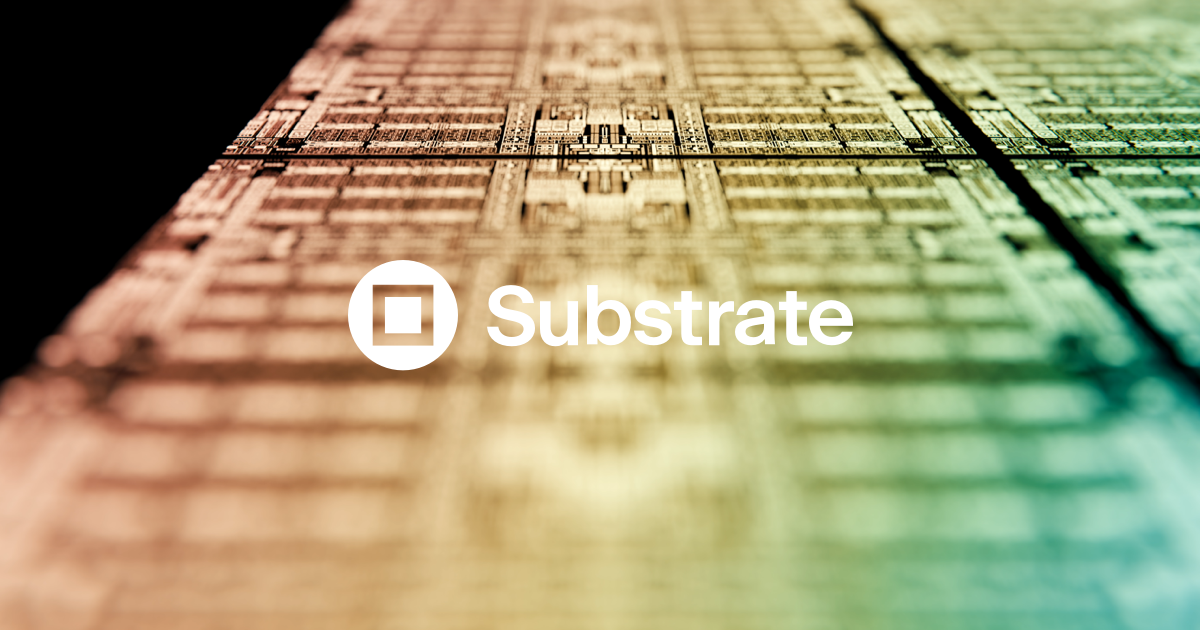American Chip Startup ‘Substrate’ Vows to End U.S. Dependence on ASML Through a Revolutionary X-Ray Lithography Technique
In an ambitious move that could reshape the semiconductor manufacturing landscape, Substrate, a U.S.-based chip startup, has announced plans to challenge the dominance of Dutch giant ASML by developing a new lithography technique. According to Bloomberg, the company aims to offer an American-made alternative to ASML’s extreme ultraviolet (EUV) systems, using shorter-wavelength X-rays generated by a particle accelerator instead of EUV light.
Founded with the mission to eliminate U.S. dependence on foreign lithography technology, Substrate has already drawn significant attention from investors and the semiconductor community. The startup has raised $100 million in funding, achieving a $1 billion valuation, with backing from Peter Thiel’s Founders Fund and several major venture capital firms.
In a statement shared on X (formerly Twitter), Substrate described its approach as “a breakthrough in high-resolution chip manufacturing” and emphasized its goal to make advanced lithography more accessible and cost-efficient for U.S. chipmakers.
Substrate is building a next-generation foundry to return America to dominance in semiconductor production. To achieve this, we will use our technology—a new form of advanced X-ray lithography—to power them.
— Substrate (@substrate) October 28, 2025
America invented semiconductors. We will lead again. pic.twitter.com/1rgnWSYYZG
Traditional EUV lithography, pioneered and perfected by ASML, uses light with a 13.5-nanometer wavelength to etch microscopic patterns onto silicon wafers. This technology is critical to producing cutting-edge chips used in artificial intelligence, mobile processors, and high-performance computing. However, ASML’s monopoly over EUV technology has left the United States entirely reliant on the Netherlands for access to this essential equipment.
Substrate’s proposed method replaces EUV with X-rays, which have an even shorter wavelength, allowing for finer patterning and potentially denser, more efficient chips. The company claims this approach can also reduce manufacturing costs by using a “robust mask/resist flow” and improving multi-patterning capabilities.
Early demonstrations of Substrate’s prototype system have impressed several analysts, who see it as a potentially transformative step for domestic semiconductor production. If successful, the technology could provide the U.S. with its first viable homegrown lithography platform, a strategic milestone amid ongoing geopolitical and supply chain tensions in the global chip industry.
However, experts also warn that the road ahead is steep. ASML’s EUV ecosystem has been refined over more than two decades, with thousands of engineers, suppliers, and fabrication facilities optimized around its tools. Substrate must not only prove its X-ray lithography works at a laboratory scale but also show it can be integrated into high-volume manufacturing (HVM) — a formidable challenge that has defeated many previous attempts at alternative lithography technologies.
While Substrate’s goal of breaking ASML’s monopoly is ambitious, many analysts urge caution. Transitioning from prototype to production-ready equipment could take years, and widespread industry adoption may face resistance given ASML’s established supply chains and proven reliability.
Still, Substrate’s emergence represents a bold step toward technological independence for the U.S. semiconductor sector, aligning with ongoing federal initiatives to localize chip manufacturing under programs such as the CHIPS and Science Act. Whether it succeeds or not, the company’s work could push the boundaries of what’s possible in next-generation lithography and spark much-needed innovation in one of the industry’s most guarded domains.
What do you think? Could Substrate truly become America’s answer to ASML, or is the X-ray dream too far from practical reality?



